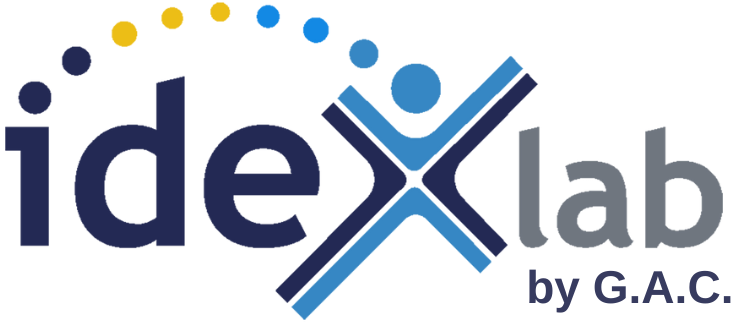14 Open Innovation Skills
Collaborative innovation, open innovation, co-innovation are all terms whose meaning is understood without a clear definition being agreed upon. It is therefore not surprising to find companies claiming to be ‘doing Open Innovation’ (the term we use in the rest of this paper) with very different levels of practice and results.
Based on our experience in deploying tools and training in this field with many clients, in many sectors of activity and in many countries, we have taken on this process of decomposition and definition. The natural outcome is to better define the competencies required to execute Open Innovation projects.
Open Innovation requires a set of competencies
Innovating through open innovation requires having or developing the right competencies: finding useful information, absorbing new knowledge quickly, representing it simply to share it, properly asking a question, finding partners, interacting with them while recognizing and respecting each other’s contributions, disclosing information at the right level and at the right time, etc.
More specifically, we have identified 14 to date :
- Scoping an innovation project
- Reading publications in scientific libraries
- Researching patent databases
- Finding relevant companies
- Implementing monitoring mechanisms
- Structuring knowledge
- Identifying experts
- Communicating a Question or a Challenge
- Engaging with external partners
- Reporting interactions with experts
- Producing informative reports
- Protecting intellectual property
- Collaborating & sharing knowledge
- Contributing to the public good (knowledge)
We have developed an Open Innovation ScoreTM to help users of our platform to develop these competencies for open innovation. The score measures the development of each competency through the use of the ideXlab platform. It thus provides an objective and comparable metric between users, even from different companies, sectors or disciplines.
¹
We like however H. Chesbrough definition: “a paradigm that assumes that firms can and should use external ideas as well as internal ideas, and internal and external paths to market, as the firms look to advance their technology”






